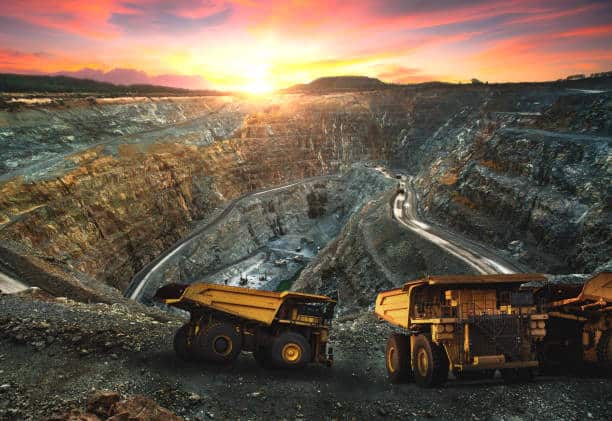Saudi Arabia has been flooded with license applications from investors at home and abroad to invest in its mining sector. The applications have been received on the portal of the kingdom’s Industry and Mineral Resources Ministry, and so far more than 4,000 applications have been sent in.
The ministry has issued 1,092 licenses to investors seeking opportunities in the Kingdom’s mining sector, and is processing a further 1,446, it said.
The sector is witnessing a rapid transformation and attracting investors from around the globe since the launch of a new mining law earlier this year.
According to geological surveys dating back 80 years, the Kingdom has an estimated reserve of untapped mining potential valued at $1.3 trillion.
Saudi Arabia’s mining industry has already attracted some major foreign investors. American industrial corporation Alcoa has a 25.1 percent stake in two companies, Ma’aden Bauxite and Alumina and Ma’aden Aluminum, as part of $10.8 billion joint venture with the Saudi Arabian Mining Co., Ma’aden, located in Ras Al-Khair Industrial City in the Eastern Province.
The Kingdom plans to launch a comprehensive geological survey to map the country’s mining potential.
The five-year program will conduct geophysical and geochemical surveys and create detailed mapping of more than 700,000 sq. km of the mineral-rich Arabian Shield area in Saudi Arabia.
The Vision 2030 reform plan identified the mining sector as a potential third pillar of the Kingdom’s industrial growth, alongside petroleum and petrochemicals. The country is investing SR14 billion to develop the sector.
About $45 billion in private and public sector investments have gone into the mining sector over the past decade, mainly in phosphate and aluminum production.
The Kingdom also plans to auction two major mining licenses in 2022 for commodities including gold, copper and zinc, as the Kingdom aims to triple the mining sector’s contribution to the national gross domestic product to SR240 billion ($64 billion) and double the number of jobs to 470,000 by 2030.








